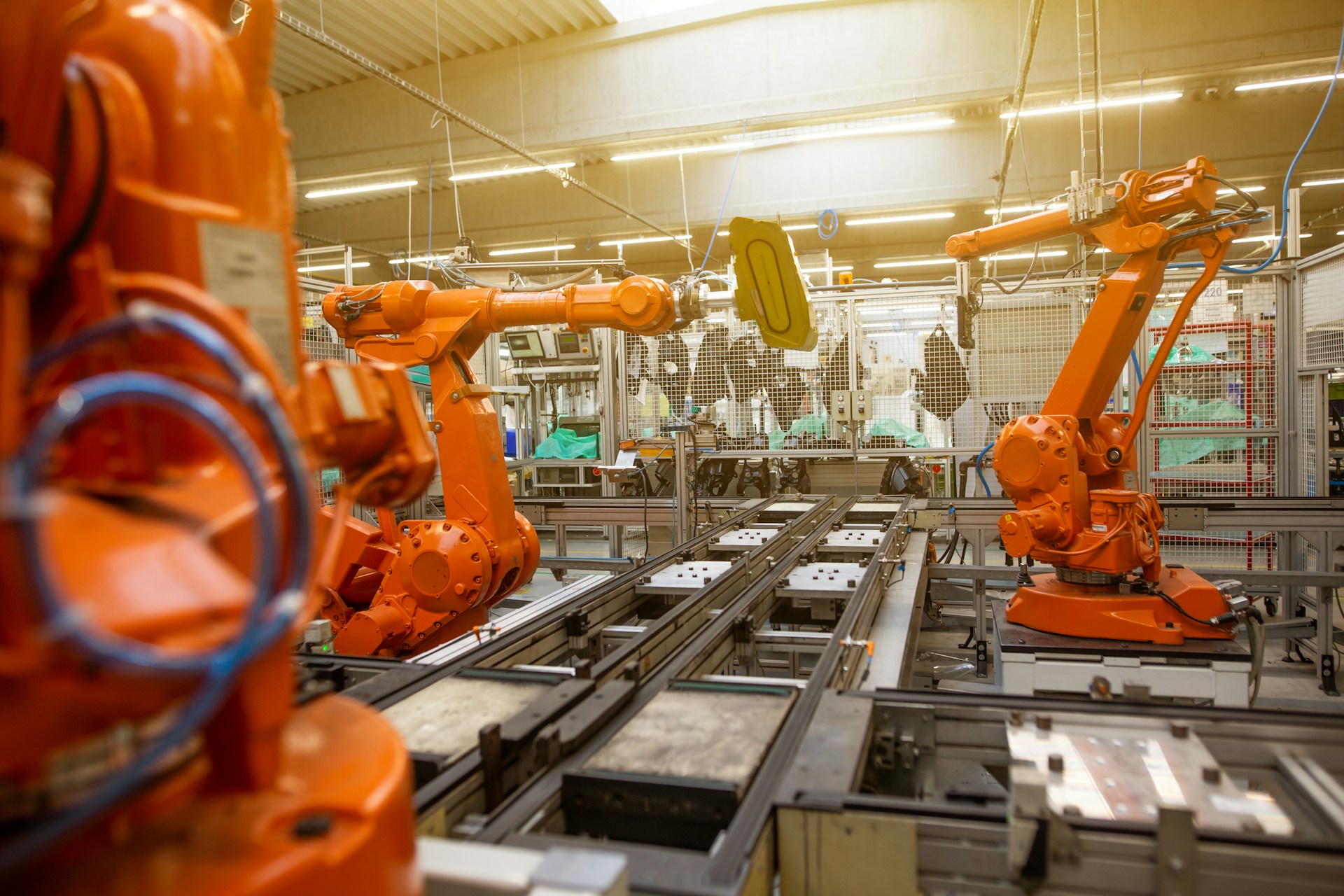Bridging Across Nations to Reduce Pollution
The threat of CO2 emissions has been a central focus of environmental discourse for decades. Carbon dioxide emissions are the primary driver of global climate change, and it is widely recognized that urgent action is needed to reduce these emissions to avoid the worst impacts. In 1950, the world emitted 6 billion tons of CO2. By 1990, this figure had nearly quadrupled, reaching more than 20 billion tons. Emissions have continued to rise rapidly, with current levels exceeding 35 billion tons annually.
In comparison, South America emits significantly less CO2, around 1 billion tons annually as of 2022. This is much lower than other regions, with Asia being the largest emitter, followed by North America and Europe. Most of South America’s CO2 emissions are due to its land-use change.
However, lesser-known pollutants often have more insidious and long-lasting effects on our planet. “Ozone is the most damaging pollutant in the world,” says Evgenios Agathokleous, a professor of environmental resources at the Institute of Ecology at Nanjing University of Information Science & Technology in China and a leading researcher in the field. “It induces the most widespread damage to plants and is a very serious threat to biodiversity.” In some parts of Asia, ozone levels are 10 times the critical thresholds. Ozone — an invisible, odorless gas in the upper atmosphere — is essential for life because it shields the Earth from the sun’s harmful ultraviolet rays. However, at ground level, ozone is toxic to life. Scientists often use the phrase “Good up high, bad nearby” to describe this dual nature. Ozone is also a greenhouse gas — the third worst after carbon dioxide and methane.
Particulate matter (PM) or particle pollution is another major threat to human health, causing serious health effects. Airborne particles such as PM10, PM2.5, and ultrafine particles are so small that they can be easily inhaled and lodged into the bloodstream, causing respiratory illnesses and increasing the risk of heart attacks and strokes.
Introducing effective barriers to all forms of pollution requires international cooperation, technological innovation, and overcoming the resistance of powerful lobbyists. This will be one of the topics that will be discussed at the upcoming Horasis Global Meeting in Vitória, the state capital of Espírito Santo, Brazil. The meeting, scheduled for 25-26 October 2024, will bring together leaders from businesses and governments to address challenges related to climate change, inequality and peace.
Focus on Carbon Emissions
Carbon dioxide emissions are a primary focus of environmental campaigns due to their substantial impact on global warming and climate change. The greenhouse effect, driven by CO2 and other greenhouse gases, results in rising global temperatures, melting ice caps and extreme weather events.
In mid-September 2023, large parts of South America experienced unusually high temperatures, exceeding 40ºC in central and northern Brazil, despite it being spring. This heatwave was accompanied by significant fires, with at least 36 detected in Bolivia, 20 in Paraguay, and numerous others across Brazil, including in Bahia, Pantanal and the Amazon.
In Brazil, land use activities are crucial for decarbonizing the economy, as agriculture and deforestation together account for nearly three-quarters of the country’s greenhouse gas emissions. Therefore, financial strategies must be developed to promote a transition to low-carbon agriculture and forest protection, enhance climate resilience, reduce socio-economic vulnerabilities, and support activities that are compatible with the preservation of forests and their inhabitants.
Barriers to Comprehensive Pollution Control
Introducing effective barriers to all forms of pollution is a complex but achievable challenge. Brazil became a partner of the Climate & Clean Air Coalition (CCAC) in June 2023 and joined the Global Methane Pledge, a key initiative of the CCAC, in November 2021.
In March 2022, Brazil launched its National Zero Methane Program, which aims to foster a sustainable economy, reduce methane emissions, promote a carbon market for methane, and support key sectors such as agriculture and livestock. The program incentivizes the production and use of biomethane and biogas.
Overcoming Opposition
Several powerful industries and lobbyists oppose stringent environmental regulations due to the perceived economic impact. Agribusiness giants in the soy, beef, cotton, and pesticide industries, among others, maintain a strong lobbying presence. They work to undermine indigenous land rights and open up territories to mining and agribusiness.
Effectively countering the influence of these lobbyists requires a multifaceted approach. Educating the public about the long-term benefits of environmental protection can build grassroots support for stricter regulations. Additionally, global agreements and cooperation can help standardize regulations and reduce the competitive disadvantage for companies adhering to stricter environmental standards.
Addressing the multifaceted challenges of pollution and climate change demands a concerted global effort, with each region playing its part. By fostering international cooperation, investing in green technologies, and overcoming the resistance of powerful lobbyists, we can create a resilient and equitable world for future generations. The time for action is now, and the responsibility lies with both leaders and citizens to steer our planet towards a more sustainable and resilient future.
Photo Caption: CO2 emissions and the following heatwave are a key cause of fires around the world



